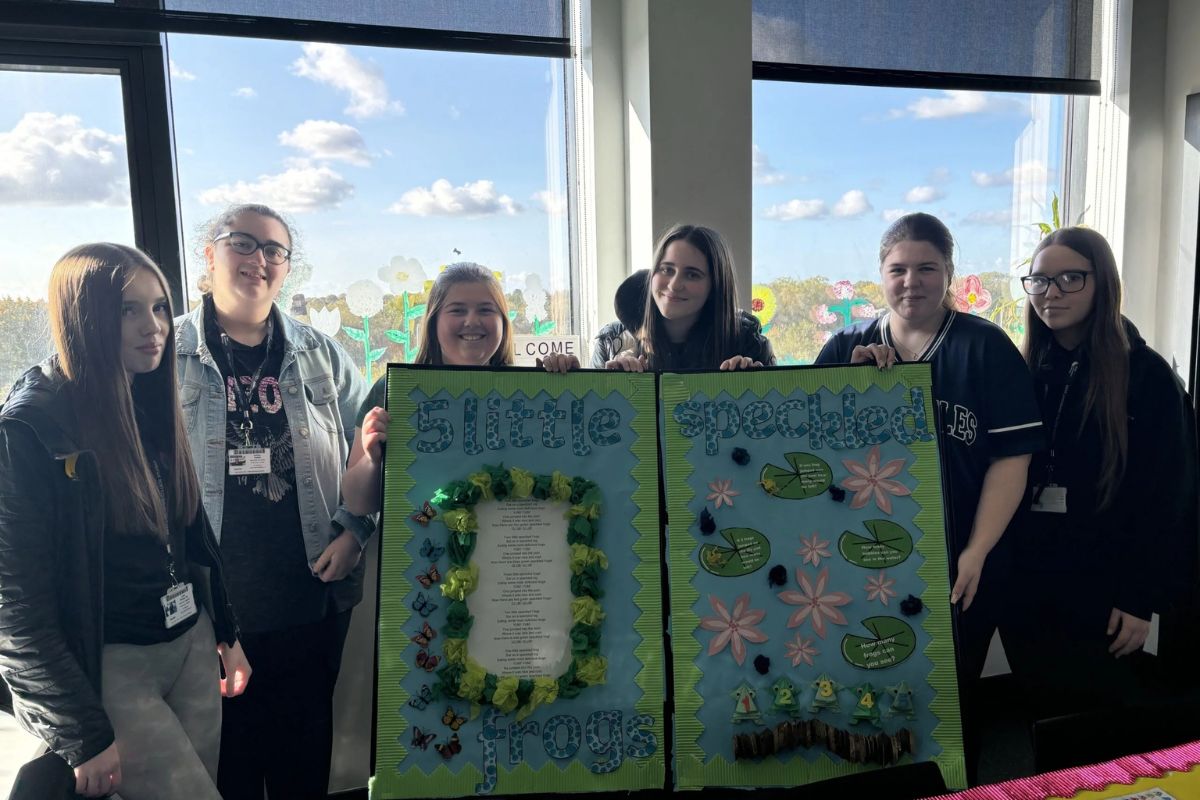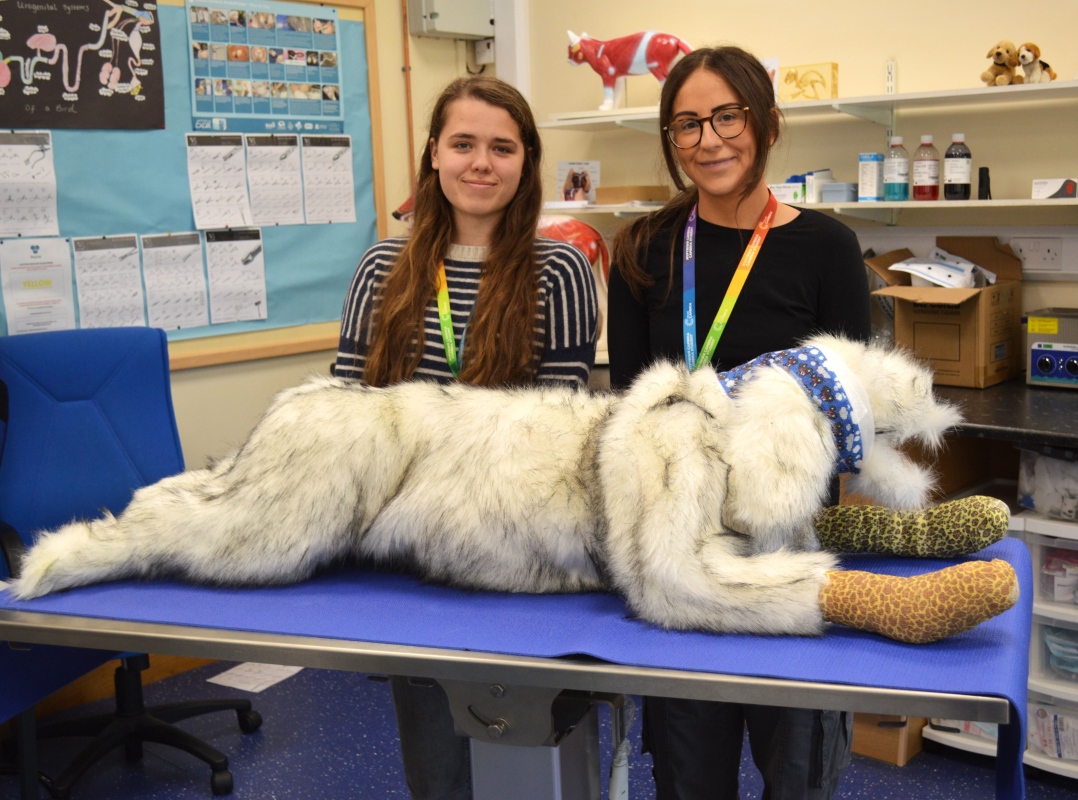Corporate responsibility and sustainability practitioner

KSBs
Knowledge
K1: Principles of project management and a range of project planning tools. Back to Duty
K2: Principles of change management and culture management. Back to Duty
K3: Potential CR&S data sources including organisational, sectoral and stakeholder. Back to Duty
K4: The types of metrics and insight evidence that help inform CR&S issues. Back to Duty
K5: How the positioning of the CR&S function within organisational and governance structures can impact CR&S performance. Back to Duty
K6: Techniques to identify/evaluate the internal and external range of potential CR&S partners. Back to Duty
K7: Techniques for managing and influencing stakeholder relationships. Back to Duty
K8: Principles of negotiating a CR&S project with an internal and/or external partner. Back to Duty
K9: Different forms of communication (written, verbal, electronic) and how to tailor the solution to the circumstances. Back to Duty
K10: Techniques for reporting on CR&S delivery against objectives. Back to Duty
K11: Principles for developing a strategy that manages the social, environmental and ethical risks and opportunities of an organisation. Back to Duty
K12: Techniques that recognise and utilise the comparative strengths and weaknesses across teams and across the organisation. Back to Duty
K13: Techniques to motivate individuals to work together to meet CR&S requirements. Back to Duty
K14: The principles of data management including how to manipulate and store data needed for CR&S projects. Back to Duty
K15: Techniques that compare a range of qualitative and quantitative data on CR&S performance. Back to Duty
K16: Factors that contribute to successful CR&S event management. Back to Duty
K17: The principles of CR&S fundraising. Back to Duty
K18: Quality assurance techniques for monitoring the delivery of CR&S work. Back to Duty
K19: The importance & impact of the sector specific factors (the legislation, guidance and best practice) when developing a CR&S strategy. Back to Duty
K20: The principles of risk management including conducting and reviewing risks affecting a CR&S strategy. (for example safeguarding risk). Back to Duty
K21: Horizon scanning techniques for keeping up to date with the CR&S landscape (including evolving best practice and what other organisations are doing). Back to Duty
K22: Principles of CR&S related budget management. Back to Duty
K23: The different ways in which people learn and how this links to embedding CR&S ethos. Back to Duty
K24: How responsible corporate approaches bring mutually compatible organisation and societal benefits. Back to Duty
K25: The range of sustainable practices available to any organisation including in-house practices, partner policies, and outputs. Back to Duty
K26: How CR&S delivery is impacted by the environment, social and governance agendas affecting industry. Back to Duty
K27: How CR&S Strategy influences talent management, reputation and branding. Back to Duty
Skills
S1: Select and implement project management and planning tools applicable to the type of project/ campaign lifecycle. Back to Duty
S2: Assess the effectiveness of change and identify opportunities to improve outcomes, guiding and supporting others to deliver results. Back to Duty
S3: Balance own CR&S workload to prioritise competing demands and achieve key performance indicators. Back to Duty
S4: Utilise strengths of internal organisational structures to help build self-sustaining CR&S populations. Back to Duty
S5: Tailor approach to maintaining new/existing external stakeholder relationships to achieve progress on plans (e.g objectives, key initiatives and shared interests). Back to Duty
S6: Contribute to the negotiation of external CR&S projects of mutual benefit. Back to Duty
S7: Adopt a communication method that takes account of the audience and is suitable for the circumstances. Back to Duty
S8: Recommend opportunities for external engagement, articulating the mutual benefits and risks. Back to Duty
S9: Contribute to written reports on CR&S performance in line with organisational requirements. Back to Duty
S10: Contribute to the drafting of the CR&S strategy. Back to Duty
S11: Adjust leadership style to achieve results, having regard to the needs of the individual/teams involved. Back to Duty
S12: Select data that is relevant to the CR&S issue being considered. Back to Duty
S13: Analyse data to form evidence-based conclusions on CR&S performance. Back to Duty
S14: Deliver CR&S events in accordance with contractual arrangements. Back to Duty
S15: Quality assure own and others work in accordance with organisational requirements Back to Duty
S16: Contribute to reporting externally on CR&S Strategy and delivery in line with industry and legislative requirements. Back to Duty
S17: Identify own organisations CR&S opportunities and threats. Escalate risks within own organisation when needed. Back to Duty
S18: Research the CR&S landscape, escalating best practice opportunities within own organisation. Back to Duty
S19: Apply management techniques needed to deliver CR&S projects within budget. Back to Duty
S20: Train colleagues in CR&S techniques, tailoring the learning style to the circumstances. Back to Duty
S21: Identify and deliver initiatives that may raise funds for CR&S projects. Back to Duty
S22: Identify and apply relevant IT solutions to CR&S issues. Back to Duty
Behaviours
B1: Actively champion the CR&S agenda/ethos. Back to Duty
B2: Committed to developing self and others in ways that support CR&S engagement. Back to Duty
B3: Works within own level of authority, seeking support when needed. Back to Duty
B4: Takes the lead in helping others to achieve CR&S results. (within limits of own role). Back to Duty
B5: Seeks innovative ways to add value to CR&S issues while remaining objective. Back to Duty
B6: Stand by difficult CR&S decisions and hold your team/organisation to account. Back to Duty
B7: Ethical and non-judgmental Back to Duty











Responses